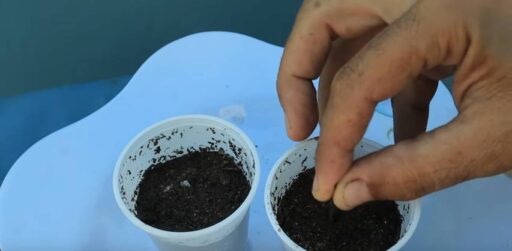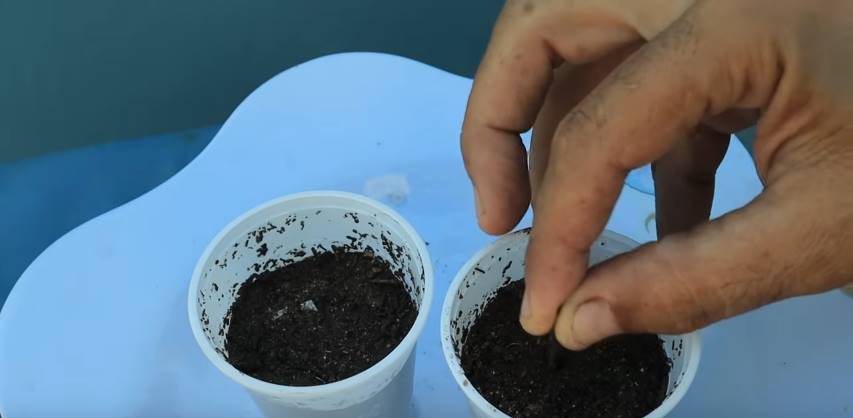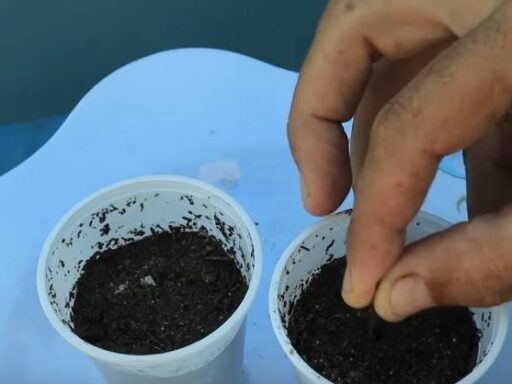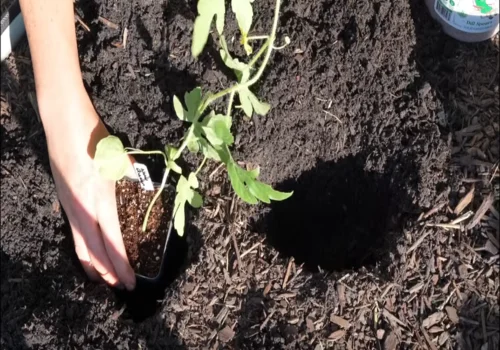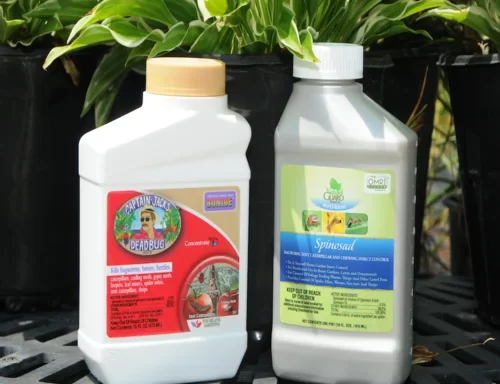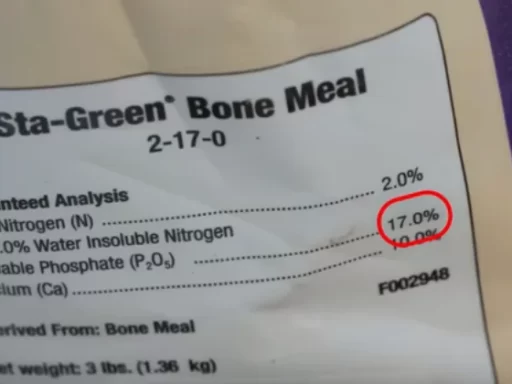In the realm of agriculture, proper plant nutrition is crucial for ensuring healthy growth and maximum yield. However, misinformation abounds, leading many to adopt harmful practices. This article aims to clarify misconceptions surrounding plant nutrition, particularly regarding the use of molasses and other unconventional fertilizers.
The Problem of Misinformation
Many agricultural enthusiasts encounter a myriad of sources claiming to provide valuable insights into plant nutrition. Unfortunately, these sources often lack scientific backing and can mislead practitioners. One prevalent myth is the use of date molasses as a primary source of nutrients for plants. Although molasses contains sugars, proteins, and minerals, its effectiveness as a fertilizer is questionable.
The Role of Molasses and Vinasse
Molasses is a byproduct of sugar production, derived from sugar cane or sugar beet, while vinasse is generated during the fermentation process of alcohol production. Both substances contain significant amounts of carbohydrates and some essential nutrients like iron, calcium, magnesium, and potassium. However, their suitability as fertilizers raises important questions.
Are These Substances Suitable for Plant Nutrition?
For any substance to be effective in plant nutrition, it must meet specific criteria. Firstly, it must be soluble in water. This means that if a nutrient does not dissolve, plants cannot absorb it effectively. For example, while sugar dissolves easily, sand does not. Nutrients must be present in a form that plants can utilize, typically as ions in solution.
Furthermore, another common question is about the iron content in drinking water. Many individuals wonder if this iron can be beneficial for plants. However, the iron found in water often exists as iron oxide, which is not water-soluble and, therefore, unavailable for plant uptake.
The Misconception of Using Common Objects
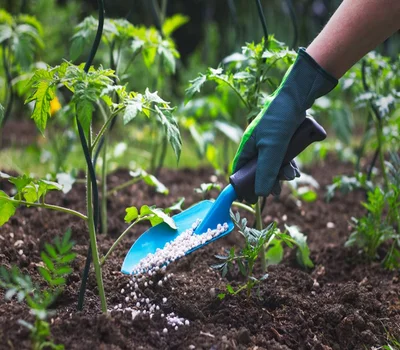
Some myths suggest that inserting nails or using kitchen utensils can provide essential nutrients to plants. Such practices lack scientific support and can lead to ineffective fertilization strategies. Nutrients need to be in ionic form—charged particles that plants can recognize and absorb.
The Importance of Organic Fertilizers
Organic fertilizers, derived from plant or animal matter, can significantly enhance soil quality. Microorganisms in the soil help break down these organic materials, releasing nutrients in forms that plants can absorb. This process is crucial for soil health, improving chemical, physical, and biological properties.
When it comes to fertilization, both organic and chemical fertilizers play vital roles. Organic fertilizers release nutrients slowly, while chemical fertilizers provide quick nutrient availability. Understanding when and how to use each type is essential for optimal plant growth.
Essential Nutrients for Plant Growth
For healthy growth, plants require a mix of 16 essential nutrients categorized into different groups:
- Primary Elements: Carbon, oxygen, and hydrogen are fundamental elements that plants absorb from the air and soil.
- Macronutrients: Nitrogen, phosphorus, and potassium are crucial for overall plant health and are typically supplied through chemical fertilizers.
- Secondary Elements: Calcium, magnesium, and sulfur are also essential and can be provided through soil amendments.
- Micronutrients: Iron, zinc, manganese, copper, boron, molybdenum, and chloride are vital for plant functions, even though they are needed in smaller quantities.
Understanding the correct balance and availability of these nutrients is key to achieving a healthy, productive garden.
Conclusion
The landscape of plant nutrition is filled with myths and misconceptions. By relying on scientific principles and verified information, gardeners and farmers can make informed decisions that enhance plant health and productivity. It is essential to focus on the correct use of fertilizers—both organic and inorganic—and to understand the needs of plants in order to foster growth and yield.
Frequently Asked Questions
- Is molasses a good fertilizer for all plants?
- No, while it contains some nutrients, it is not a comprehensive solution and should be used with caution.
- Can I use regular iron supplements for my plants?
- No, iron supplements for humans are not formulated for plant absorption and may not be effective.
- What are the best organic fertilizers for home gardens?
- Compost, manure, and worm castings are excellent choices for improving soil fertility.
- How often should I fertilize my plants?
- It depends on the plant type and soil condition, but generally, every 4-6 weeks during the growing season is a good rule of thumb.
- What happens if I over-fertilize my plants?
- Over-fertilization can lead to nutrient burn, which can damage plant roots and hinder growth.
- How can I tell if my plants are nutrient deficient?
- Signs include yellowing leaves, stunted growth, and poor fruit production.
- Are there specific fertilizers for flowering plants?
- Yes, fertilizers designed for flowering plants typically contain higher phosphorus levels to promote blooms.

